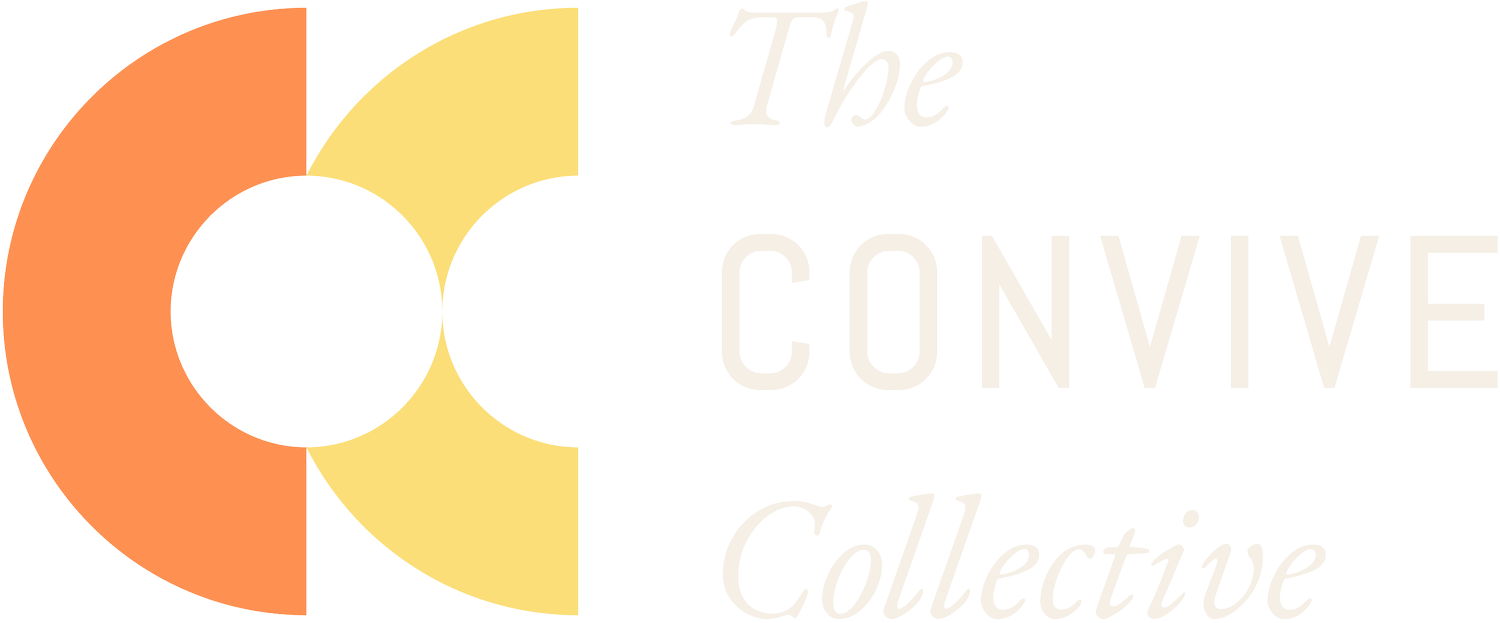Elevate Your Theory of Change Workshop with Visual Facilitation and Learning Experience Design
Written by: Lia Mayka MumboHello evaluation enthusiasts and theory of change aficionados!
Embarking on the journey of designing a theory of change for your team or organization but feeling a bit lost? Fear not, for we've discovered a winning formula that turns the process into pure magic: combining established theory of change processes with visual facilitation and learning experience design.
Recently, Kat Haugh and I facilitated a theory of change design workshop for USAID Southern Africa Regional Mission, focusing on environmental protection and energy across the region. The same principles were applied to craft an innovative theory of change for UN WFP's IGNITE Innovation Hub.
Our go-to resource? The USAID Learning Lab’s theory of change workbook, a phenomenal resource infused with the wisdom of Monalisa Salib, Chief of Party at USAID Learns with Social Impact.
After experimenting with the workbook, we've distilled five creative tips to elevate your theory of change workshop:
1. Make a visual agenda and read it out loud before anything else for psychological safety.
Kick off with a visual agenda, setting the stage for a well-organized, creative workshop. Seeing a visual agenda up on the wall as participants are entering the space immediately communicates to them that this is going to be a hands-on experience and that time and thoughtful energy went into crafting an agenda with creativity and care.
Pro Tip: Communicate meal breaks and essential needs like water and restroom locations. Uncertainty about breaks can undermine psychological safety and hinder open discussion, impacting participation.
2. Start with fun and games to spark creativity, laughter, and openness to new ideas.
Theories of change demand creative thinking, so break out of the "business as usual" mode. Inject fun into the process with visual and tactical exercises (no screens!), activating the brain's creative centers.
Pro Tip: Bring art materials and design a creative challenge related to your group’s area of expertise or the focus of their ToC. Break participants into teams to build a spirit of camaraderie and friendly competition by awarding points to teams throughout the day.
3. Deepen learning with color cues for phases of the ToC process.
USAID’s Theory of Change Workbook outlines 5 key steps in the ToC process. In all of your materials, make sure that the steps are color coded. This engages the brain for more meaningful learning and helps participants track the passing of time and feel motivated by your progress through the process.
Pro Tip: In addition to any paper handouts, use thick, clearly visible markers in black with one color-coded accent that corresponds to each phase of the process in your visual facilitation notes.
4. Pre-populate flip chart paper on a wall to guide participants.
Follow the flow of a ToC logic model, indicating from left to right the passage of time. This helps keep the group on track and turn attention away from screens or individual notebooks. It also contributes to creating a collective product that represents the group’s combined thinking. Even better: when something isn’t clear, you’ll be able to see it visually on the wall (and if it’s very unclear - you won’t be able to capture it without clarifying!).
Writing participants’ contributions down in a concise but meaningful way increases clarity for everyone and also emphasizes that everyone’s opinion is equally respected and heard. This makes it easier for participants to digest conversations as the workshop proceeds and for everyone in the room to visually reference previous points that were made.
Pro Tip: Organize seats in a U-Shape facing the wall you are using for visual facilitation so all participants can see each other and the wall clearly.
5. Make time for feedback and show visually how it was incorporated.
Avoid loosely asking for feedback without giving participants a way or time to give it. Throughout the day, build micro check-ins with your participants by asking things like: can everyone share one word about how they are feeling after that exercise? Can everyone share one thing they feel they most need right now? What was your one takeaway from this conversation? What is your priority to discuss tomorrow?
And then: make visual notes of the things they say, summarize what you’ve heard, and when the time is appropriate (for example when sharing an updated agenda for the next part of the workshop) reference their feedback and how it was used to make changes. This communicates to participants that their voices and opinions shape the direction and focus of the workshop, further encouraging them to speak up and participate.
Ready to take your theory of change workshop to the next level?
We hope these practical tips will help you think creatively about how to use human-centered experience design and visual learning principles to make a safe, imaginative space for your best and brightest ideas to emerge.

